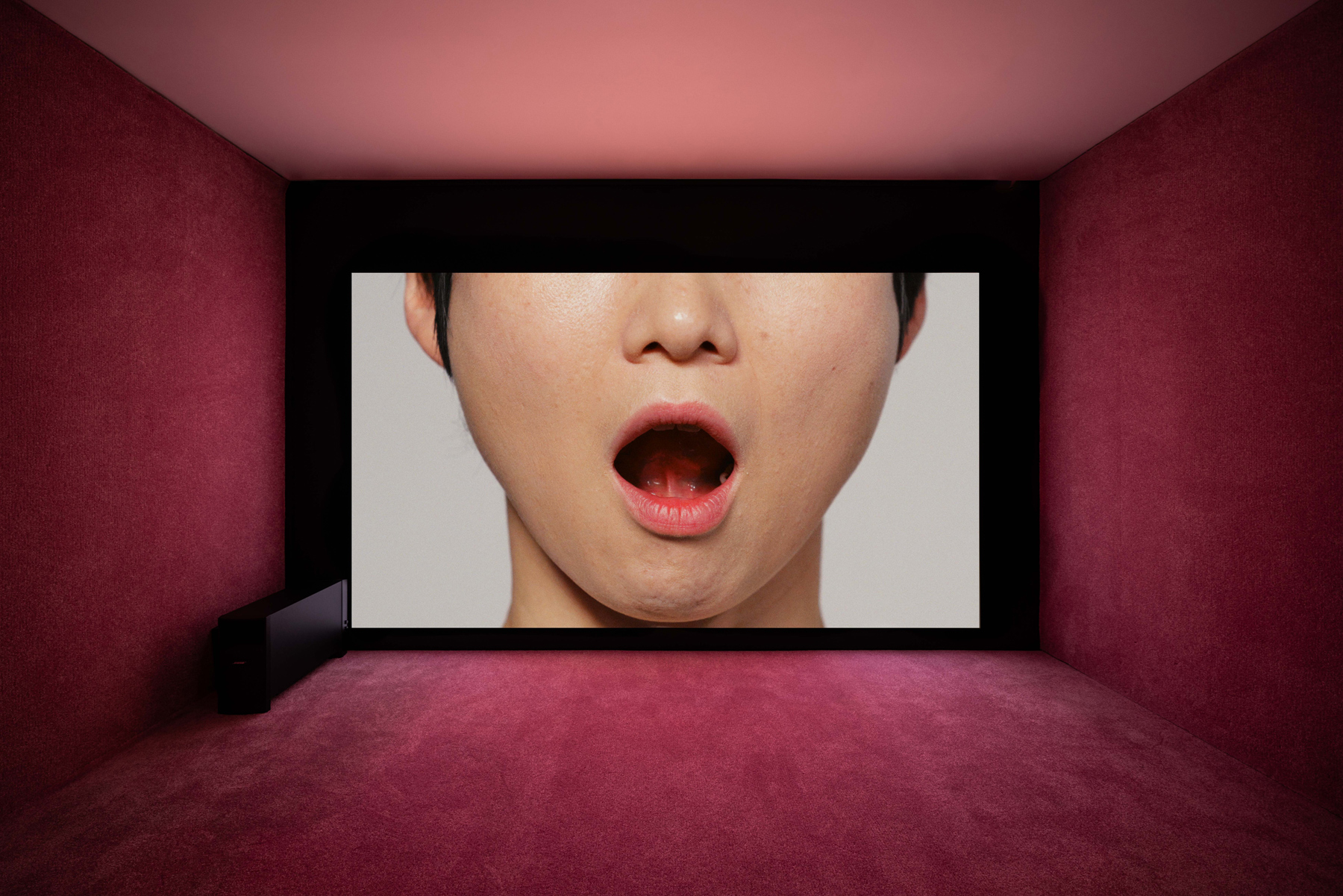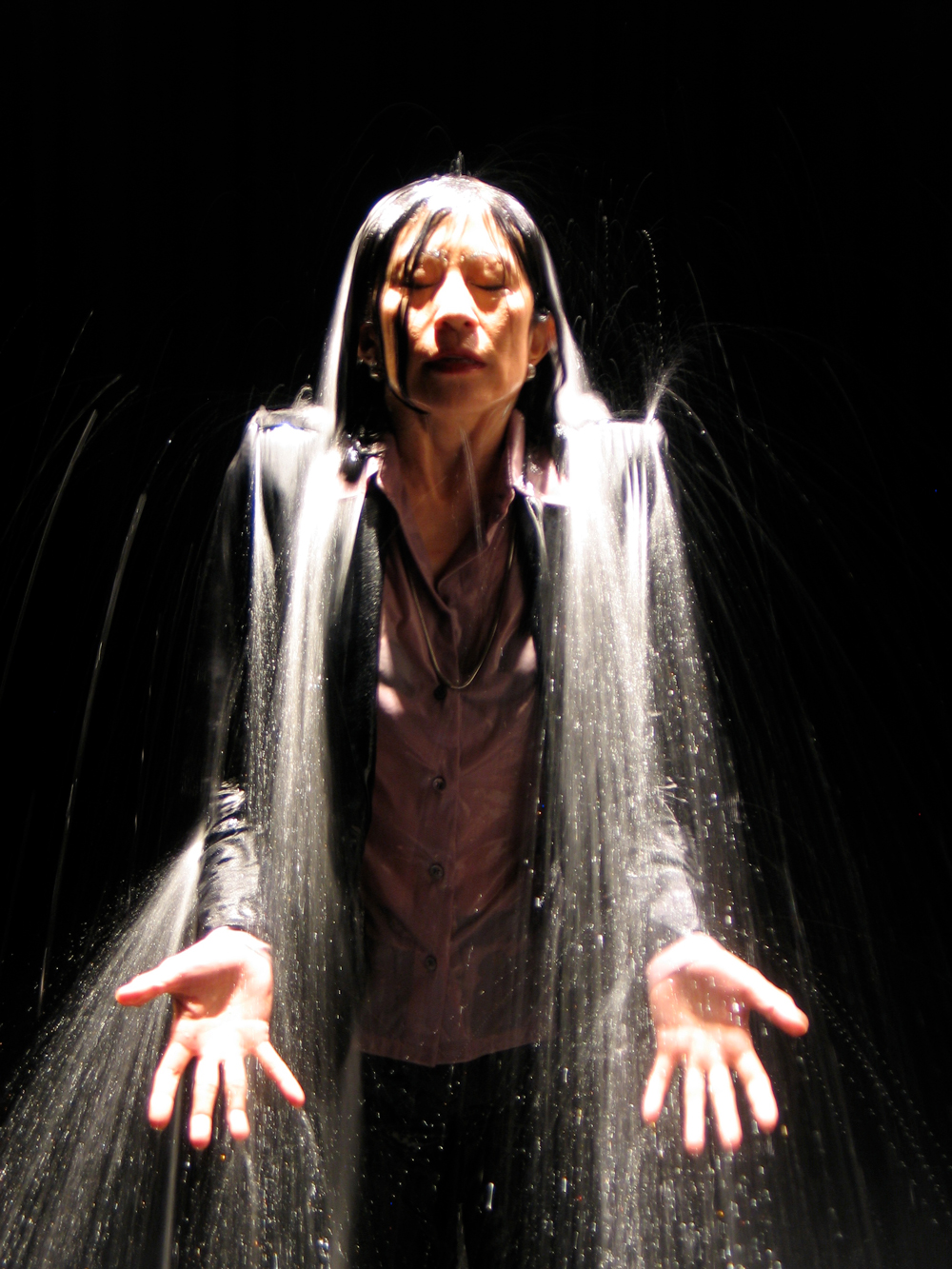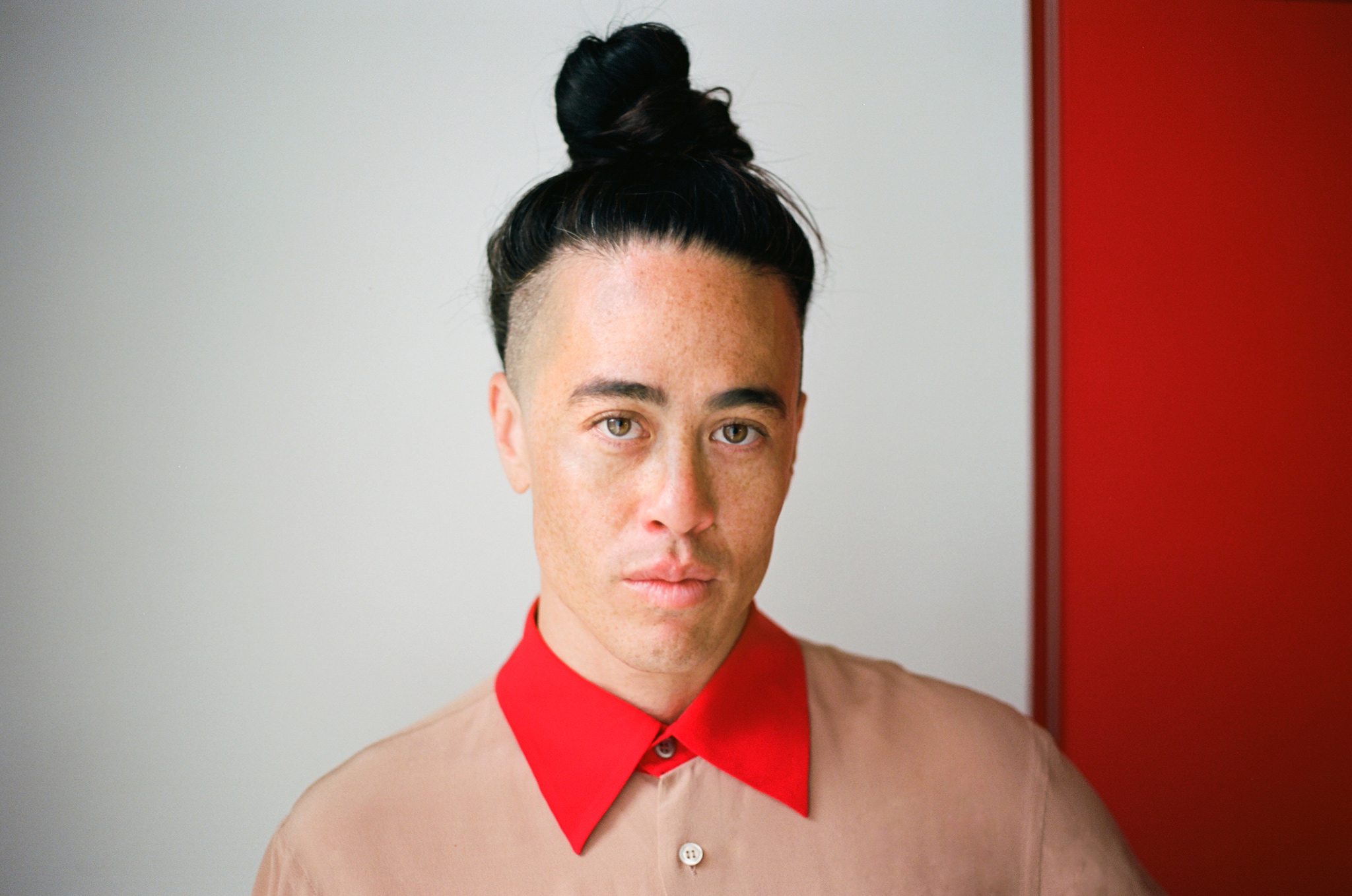Sterling Ruby, the nihilistic, multi-talented American visual artist, may be best known
in the fashion world—especially amongst those in the menswear set—for his punky,
energetic collaborations with Belgian designer Raf Simons. Their co-designed
menswear collection in 2014, for example, seduced critics and consumers alike with
its beguiling, adolescent rawness. It was, as Simons has said, ‘the best-selling
collection’ in the brand’s 20-year history. Even before that, in 2012, Simons quite
famously recreated Ruby’s enigmatic spray paintings in the form of 3 gowns and a
coat for his debut couture show at Dior, turning those placid, silky surfaces into
moody, troubling gas clouds.
As accomplished as these stylish forays have been, however, they remain only a
small part of Ruby’s massive, polymorphous body of work. The man is so prolific,
and his output so varied, that his dabblings in fashion appear as a blip in his career:
a corner piece of an ever-intriguing puzzle.
Ruby’s work has been exhibited in a vast number of solo and group exhibitions from
New York to Hong Kong to Berlin, and in 2013, a painting in acrylic and spray
enamel fetched USD 1.8 million at a Christie’s auction—a record price for the artist.
He was featured in the 2014 Whitney Biennial and the 10th Gwangju Biennale, and
has pieces on display at the Guggenheim, MoMA, LACMA, the Pompidou, and the
Tate Modern. These days, he is based in Los Angeles, working out of a downtown
studio space—a four-acre, converted industrial complex—with a score of assistants.
Ruby was born in 1972, on an American air force base in Bitburg, Germany, to a
Dutch mother and an American father. At the age of 8, he moved with his family to
New Freedom, a rural area in Pennsylvania with a large Amish population, where he
grew up on a farm. Between New Freedom and LA, Ruby attended art school, first at
the Pennsylvania School of Art & Design, and then at the School of the Art Institute
of Chicago. It was only after reading Helter Skelter: L.A. Art in the 1990s, an
exhibition catalogue from the Museum of Contemporary Art, that Ruby began to feel
the pathological pull of the West Coast. So he made the trek to LA in 2003, and
enrolled in the Art Center College of Design in Pasadena.
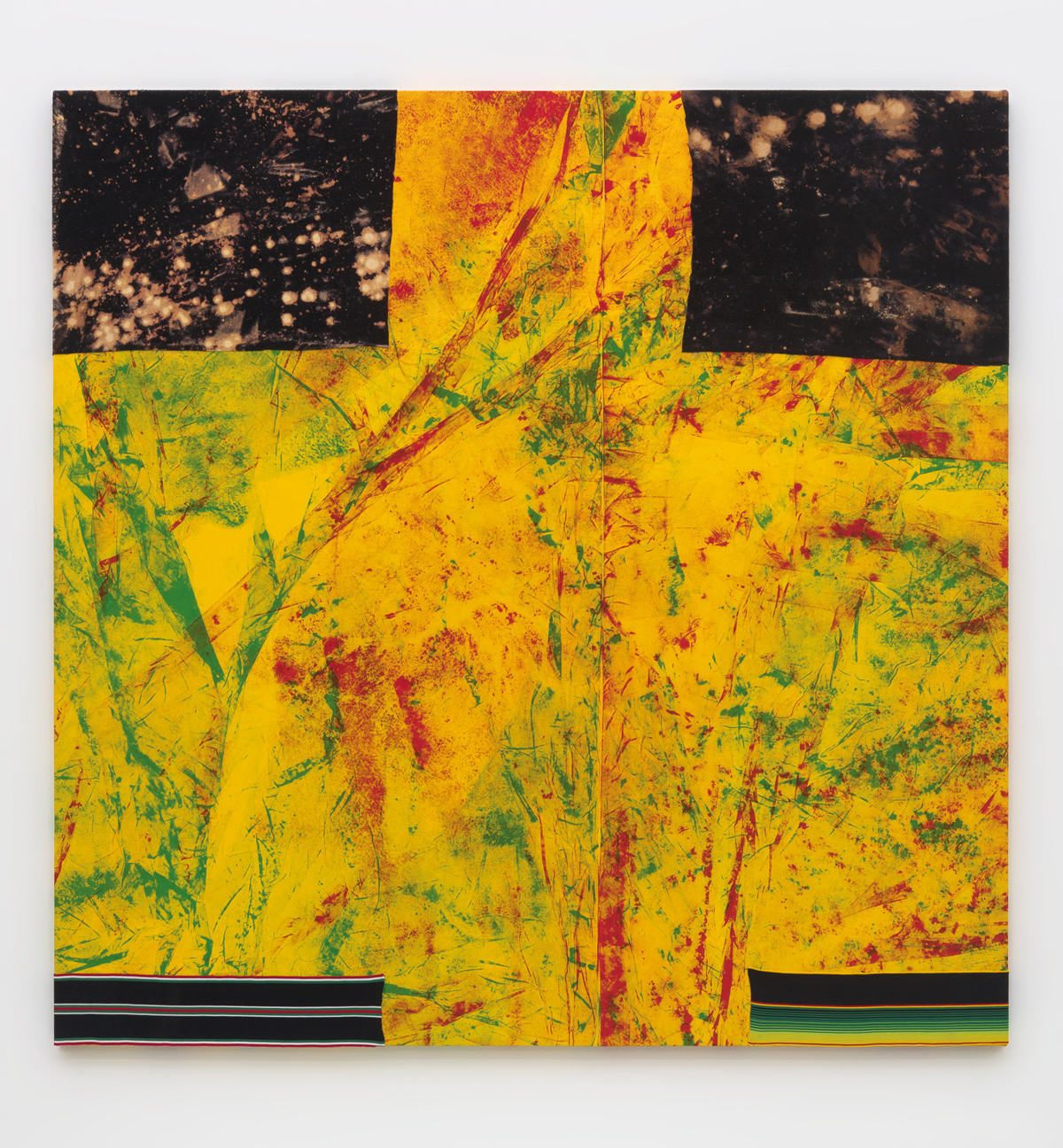
"A Sterling Ruby original is quite unmistakeable: his turbulent aesthetic extends handily across his work, and many pieces seem to be imbued with the embryonic quality of an ongoing experiment."Sterling Ruby
This move was his first point of entry into the world of fine art. At Art Center, Ruby
became the teaching assistant to Mike Kelley, an LA artist who worked in a crafts-based vernacular of ragdolls, patchwork, and screenprints. An approach that focused
on crafts held immediate appeal for Ruby, who was no stranger to the domestic—or
supposedly feminine—arts: he had learned to use a sewing machine when he was
13 years old, and he remembered vividly the prismatic Amish quilts of Southern
Pennsylvania and the quotidian utility of the wood-burning stove on his family’s farm.
These influences are apparent in all of Ruby’s works, with materials which range
from fabric and cardboard to metal and ceramics to urethane, bleach and spray
paint.
Despite the diversity of media in his oeuvre—which runs the gamut of sculpture,
painting, textile, collage, installation, photography, and video—a Sterling Ruby
original is quite unmistakeable: his turbulent aesthetic extends handily across
his work, and many pieces seem to be imbued with the embryonic quality of an
ongoing experiment. His shows often contain giant, mutated objects that appear to
have risen out of a toxic nebula, or a corrosive swamp. Frozen in time, their pieces
seem to be still coming together, alien and familiar all at once.
The clear-eyed continuity within Ruby’s work, as such, stands in brash opposition to
critics who have been suspicious of his tremendous productivity, his schizophrenic
use of multimedia, and, most of all, his commercial success. Running taut through
his body of work is a thematic thread that Ruby rigorously engages with, over and
over: ideas of utility and form, the hierarchy of objects, archaeology, and industry.
This is no more apparent than in his work wear series of functional garments crafted
from repurposed scrap fabric—leftover textiles from quilting, collage, and soft
sculpture projects— which were recently displayed in a London installation titled
WORK WEAR: Garment and Textile Archive 2008– 2016. (Those familiar with his
Raf Simons menswear collaboration will see an instant connection.) Each garment,
in addition to fulfilling its duty as a wearable object, also contains the trait of
indexicality: every drizzle of bleach or bloom of dye on the material is a physical
marker of its previous life as art-to-be. But it is when they are displayed as art pieces
in their own right that Ruby’s grand plan comes full circle.
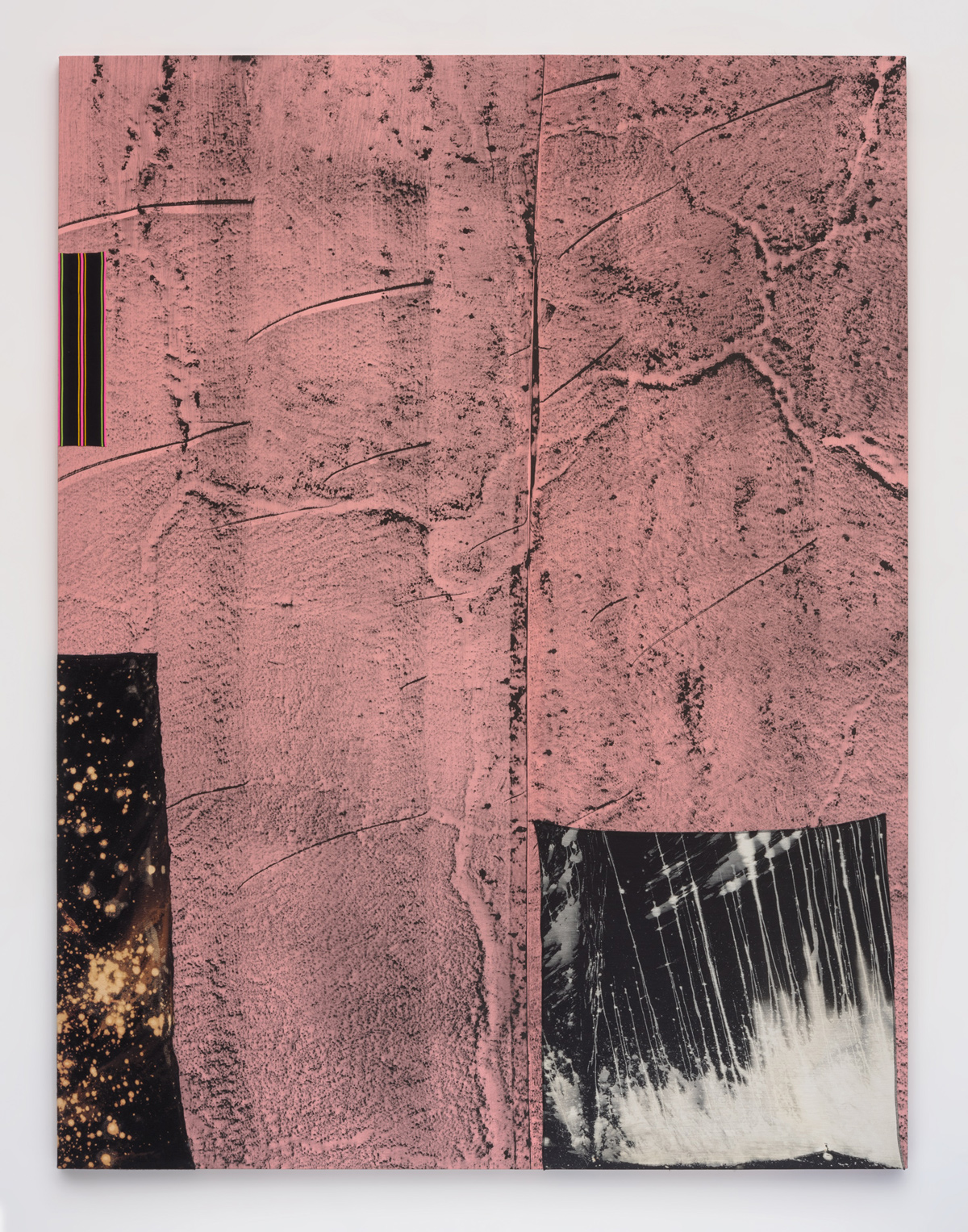
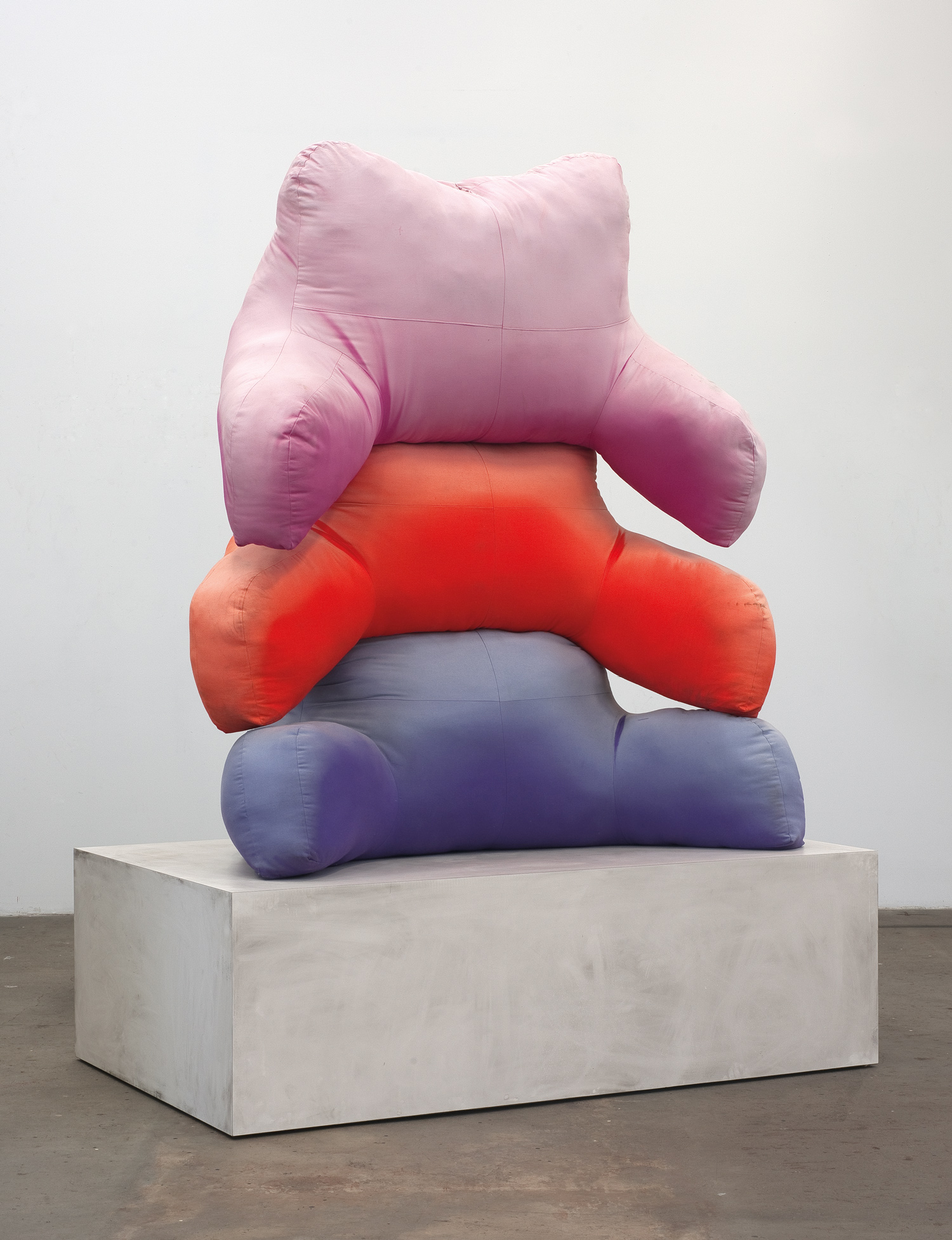
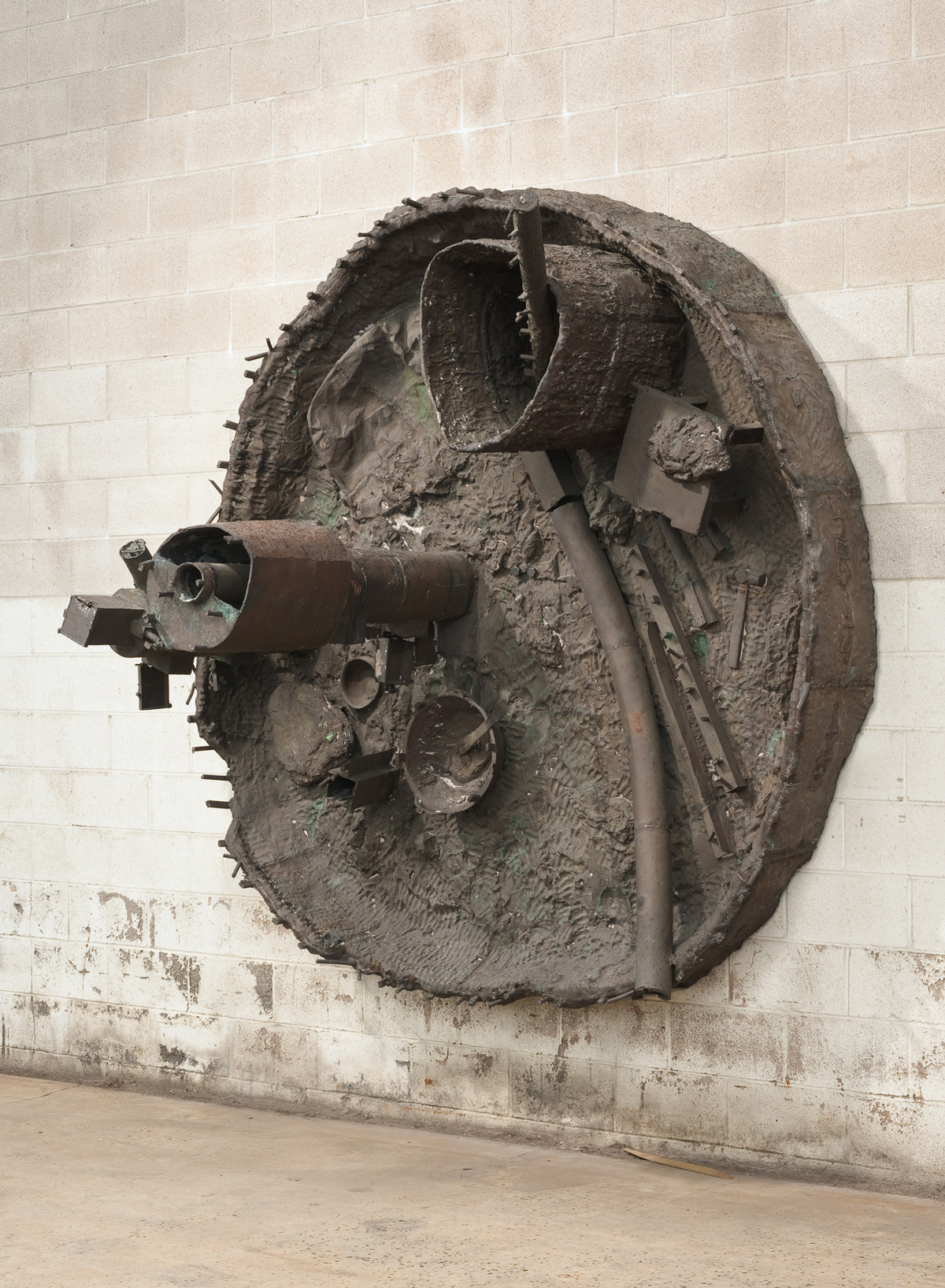
By divulging his studio process of continuous unearthing and reassessment, Ruby has devised a traceable lineage in his own work that recalls, among others, feminist art and ‘femmage’ of the 1970s. These precedents interrogated the denigrated status of ‘women’s work’ in comparison to male-produced high art. 40 years later, such inquiries are still necessary. Ruby’s Bauhausian outlook aims to upend the snobbish hierarchy of value that permeates the world of fine art. To propose that fashion is art, now, can feel like such a stale proclamation; a fantasy of the juvenile fashion plate. And yet, in Sterling Ruby’s world—that is, the art world—to treat a paint-stained shirt and trousers as ‘art’ feels a little like anarchy. And somehow true.
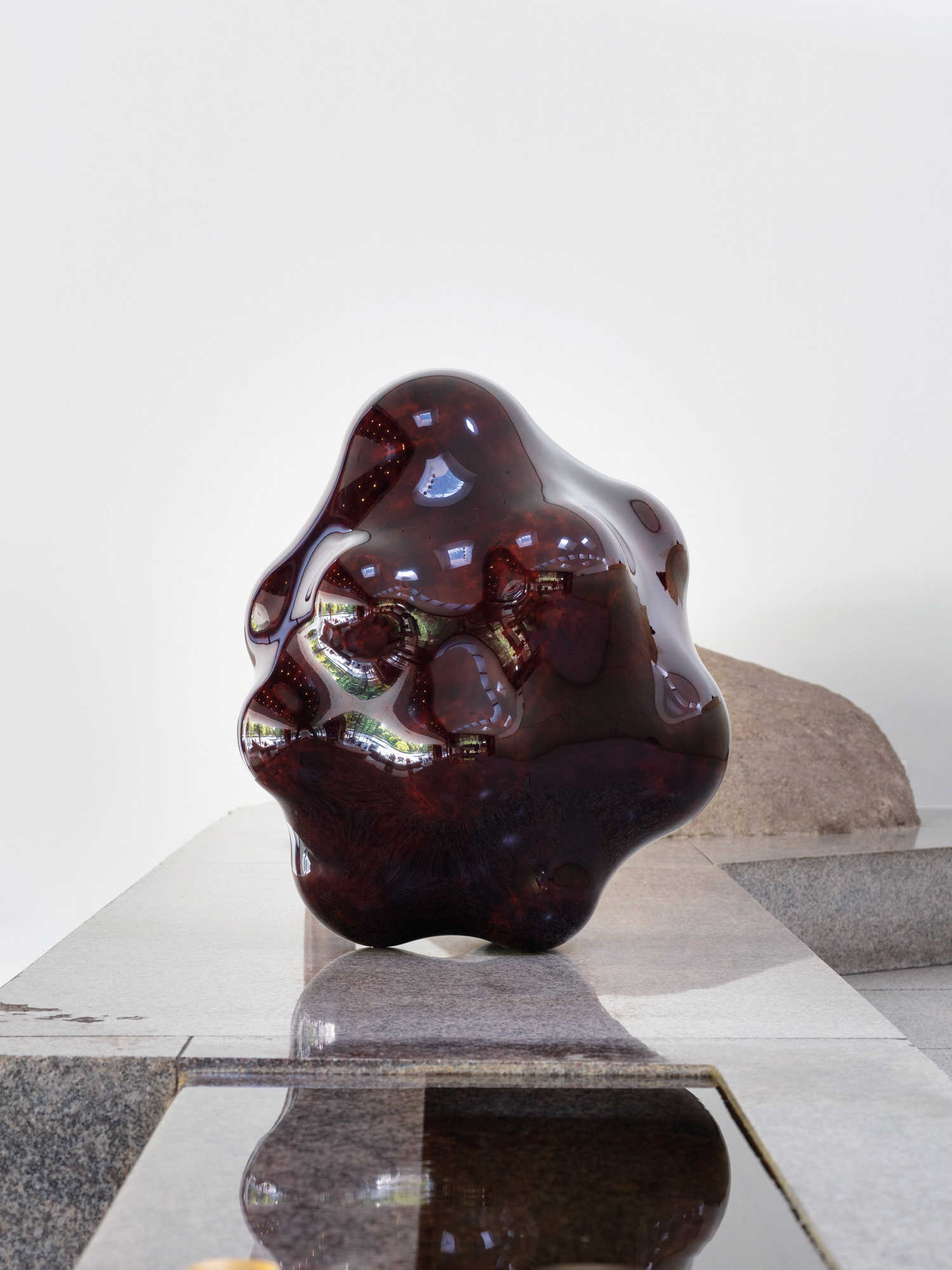
.jpg)
